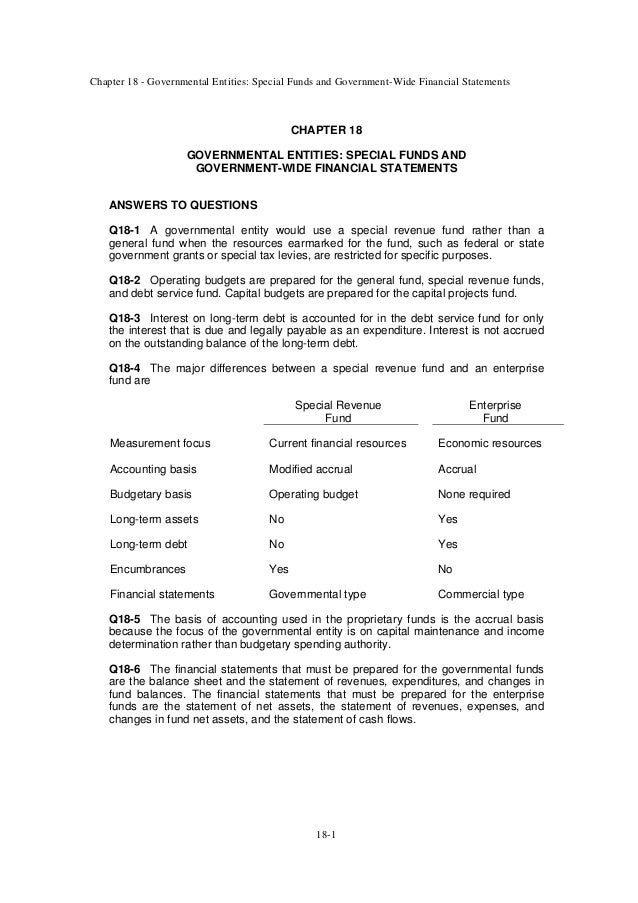Solution Manual Advanced Accounting Baysa 2015
On January 1, 2015, Acme Co. Is considering purchasing a 40 percent ownership interest in PHC Co., a privately held enterprise, for $700,000. PHC predicts its profit will be $185,000 in 2015, projects a 10 percent annual increase in profits in each of the next four years, and expects to pay a steady annual dividend of $30,000 for the foreseeable future.
Sep 13, 2017 - Save this Book to Read solution manual advanced accounting baysa 2011 PDF eBook at our Online Library. Get solution manual advanced. Description: Baysa 2014. Non-controlling interest net income = P200,000 x 20% = P40,000. 800,000 800,000. Advanced Accounting vol 2 Baysa_ch1_sol_2014. Solution Chapter 14.
Because PHC has on its books a patent that is undervalued by $375,000, Acme realizes that it will have an additional amortization expense of $15,000 per year over the next 10 years—the patent’s estimated remaining useful life. All of PHC’s other assets and liabilities have book values that approximate market values. Acme uses the equity method for its investment in PHC. Using an Excel spreadsheet, set the following values in cells:.
Acme’s cost of investment in PHC. Percentage acquired. First-year PHC reported income. Projected growth rate in income. PHC annual dividends.
Annual excess patent amortization. Referring to the values in (1), prepare the following schedules using columns for the years 2015 through 2019.

Acme’s equity in PHC earnings with rows showing these:. Acme’s share of PHC reported income. Amortization expense. Acme’s equity in PHC earnings. Acme’s Investment in PHC balance with rows showing the following:.
Beginning balance. Equity earnings. Ending balance.
Return on beginning investment balance = Equity earnings/Beginning investment balance in each year. Given the preceding values, compute the average of the projected returns on beginning investment balances for the first five years of Acme’s investment in PHC. What is the maximum Acme can pay for PHC if it wishes to earn at least a 10 percent average return on beginning investment balance? ( Hint: Under Excel’s Tools menu, use the Solver or Goal Seek capability to produce a 10 percent average return on beginning investment balance by changing the cell that contains Acme’s cost of investment in PHC. Excel’s Solver should produce an exact answer while Goal Seek should produce a close approximation.
Advanced Accounting Description
You may need to first add in the Solver capability under Excel’s Tools menu.). On 1 st January 2015 A Company has acquired 40% of the voting stock of PC Company for $700,000. The amortization expense for patent is $15,000 per year. The net income of PC Company for the year 2015 is $185,000 and it will increase by 10% in every year for four years. The amount of dividend paid for all the years is of $30,000.
The excel spreadsheet showing cost of investment in PC Company, percentage of shares acquired, first year of PC Company’s reported income etc. Is as under: 2. The excel spreadsheet showing equity earnings in PC Company, investment in PC Company for the year 2015, 2016, 2017, 2018 and 2019 is as under: 3. The average of the projected returns on beginning investment balance for five years is as under: Book value of assets of QV Inc. $1,900,000 Less: Book value of liabilities of QV Inc.
($700,000) Book value of net assets of QV Inc. $1,200,000 30% of book value of net assets $360,000 The excess of acquisition cost of 30% of the voting stock over book value will be attributed to customer list of $300,000 and remaining will be attributed to goodwill.
Acquisition cost of 30% of voting stock $770,000 Less: Book value of 30% of net assets ($360,000) Excess of acquisition cost $410,000 Less: 30% of customer list (30% of $300,000) ($90,000) Goodwill $320,000 The amortization expense customer list over 5 years is as under. The computation of equity income from QV Inc.
For the year 2014 and 2015 is as under: Equity Income in QV Inc. For the year 2014 Net income reported for the year 2014 (30% of $250,000) $75,000 Less: amortization expense ($4,500) Less: Unrealized gross profit ($9,000) Equity income for the year 2014 $61,500 Equity Income in QV Inc. For the year 2014 Net loss reported for the year 2015 (30% of $100,000) ($30,000) Less: amortization expense ($4,500) Add: Realized gross profit $9,000 Less: Unrealized gross profit ($2,400) Equity income for the year 2015 ($27,900) The equity income in QV Inc. For the year 2014 and 2015 is of the amount $61,500 and $27,900.
Why is Chegg Study better than downloaded Advanced Accounting 12th Edition PDF solution manuals? It's easier to figure out tough problems faster using Chegg Study. Unlike static PDF Advanced Accounting 12th Edition solution manuals or printed answer keys, our experts show you how to solve each problem step-by-step. No need to wait for office hours or assignments to be graded to find out where you took a wrong turn. You can check your reasoning as you tackle a problem using our interactive solutions viewer.
Plus, we regularly update and improve textbook solutions based on student ratings and feedback, so you can be sure you're getting the latest information available. How is Chegg Study better than a printed Advanced Accounting 12th Edition student solution manual from the bookstore? Our interactive player makes it easy to find solutions to Advanced Accounting 12th Edition problems you're working on - just go to the chapter for your book. Hit a particularly tricky question? Bookmark it to easily review again before an exam.
The best part? As a Chegg Study subscriber, you can view available interactive solutions manuals for each of your classes for one low monthly price. Why buy extra books when you can get all the homework help you need in one place?